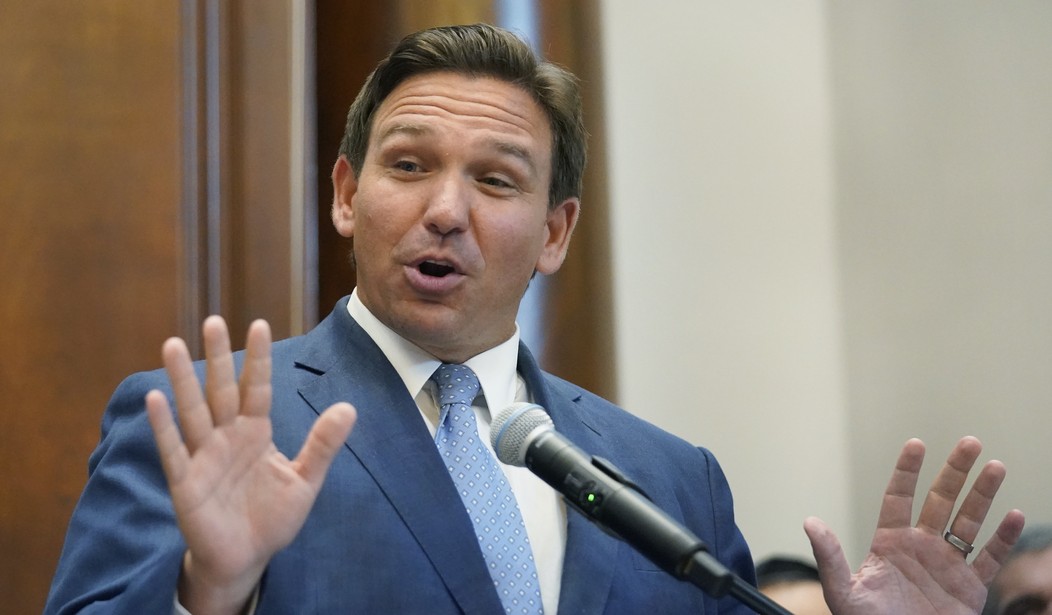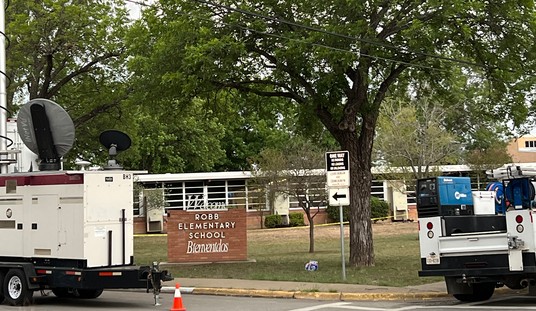This morning the NY Times editorial board stated the obvious. Pandemic learning loss is a historic disaster which the country has not recovered from yet.
In the thick of the Covid-19 pandemic, Congress sent $190 billion in aid to schools, stipulating that 20 percent of the funds had to be used for reversing learning setbacks. At the time, educators knew that the impact on how children learn would be significant, but the extent was not yet known.
The evidence is now in, and it is startling. The school closures that took 50 million children out of classrooms at the start of the pandemic may prove to be the most damaging disruption in the history of American education. It also set student progress in math and reading back by two decades and widened the achievement gap that separates poor and wealthy children.
These learning losses will remain unaddressed when the federal money runs out in 2024. Economists are predicting that this generation, with such a significant educational gap, will experience diminished lifetime earnings and become a significant drag on the economy. But education administrators and elected officials who should be mobilizing the country against this threat are not.
The editorial goes on to highlight the equally bad absenteeism data which I wrote about here yesterday. So what’s the solution to all of these dire problems? The Times suggests more time in school and speeding up the rate of learning. Gee why didn’t anyone think of that before?
While tutoring is a step in the right direction, other measures to increase the time that students spend in school — such as after-school programs and summer school — will be required to help the students who have fallen furthest behind. In some communities, children have fallen behind by more than a year and a half in math. “It is magical thinking to expect they will make this happen without a major increase in instructional time,” as the researchers Tom Kane and Sean Reardon recently argued.
A study of data from 16 states by the Center for Research on Education Outcomes at Stanford University shows that the most effective way to reverse learning loss is to increase the pace at which students learn. One way is by exposing them to teachers who have had an extraordinary impact on their students. The center proposes offering these excellent teachers extra compensation in exchange for taking extra students into their classes.
There are really two big problems with this editorial. The first is that the editorial board is writing as if it knows nothing about the real world of education and how it operates. So, for instance, I can guarantee you with 100% certainty that teachers unions will oppose any plan that involves paying teachers based on excellent performance. So you might as well scrap that whole plan because they won’t allow it. Unions don’t like the idea that some teachers are better than others, even though it’s obviously true. It raises uncomfortable questions about why the unions make it nearly impossible to fire teachers who are underperforming. Better to treat everyone as an undifferentiated mass.
The NY Times editorial board is not made up of naïve people who know nothing of the real world. They must know teacher’s unions would oppose these ideas and yet they say nothing about this. In fact, the word “union” doesn’t appear in this editorial even once.
And that brings us to the second problem here. The Times‘ assessment of how bad this situation is completely fails to mention or grapple with how we got here. Once again, left-wing teachers unions are largely to blame, as well as the too compliant Biden administration and even the media itself. So it’s no wonder the Times doesn’t want to talk about who is responsible for this mess or it might have to make some uncomfortable admissions of its own.
But, hey, I’m here so let’s take a peek back at what the NY Times was writing in 2020 when Gov. DeSantis was trying to open schools in Florida. This is from Aug. 19, 2020:
Of all the ways to describe the fraught decision to reopen schools during a pandemic, Gov. Ron DeSantis of Florida, a former Navy prosecutor, chose an especially dramatic example when he compared the commitment of teachers and administrators to the resolve of Navy SEALs given the mission to go after Osama bin Laden.
“Just as the SEALs surmounted obstacles to bring Osama bin Laden to justice, so, too, would the Martin County school system find a way to provide parents with a meaningful choice of in-person instruction or continued distance learning — all in, all the time,” he said, citing the leader of a local school district.
He meant for the line to be inspirational. But perhaps unintentionally, Mr. DeSantis also highlighted an undeniable truth in Florida since students began returning to classrooms last week: There will be virus casualties…
A hearing is scheduled for Wednesday in a lawsuit filed by the American Federation of Teachers, the second-largest teachers’ union in the country, and one of its affiliates, the Florida Education Association. The union argues that the reopening mandate violates a requirement in Florida law that schools be “safe.”
The irony here is pretty thick. Now, today, the Times is demanding a rigorous (almost militant!) focus on the problems of pandemic learning loss and absenteeism. But back then, the paper was subtly undercutting the idea that this was all that serious and also doing a bit of fear-mongering about kids who might become casualties and noting that unions opposed reopening. The paper also ran an episode of its “The Daily” podcast titled “Why Teachers Aren’t Ready to Reopen Schools.” [emphasis added]
In early July, just as the Trump administration from Washington was pushing schools to reopen their physical campuses across the country, Florida was the state that really leaned heavily in that same direction under their Republican Governor Ron DeSantis.
Archived Recording (Ron Desantis)
The important thing is that our parents have a meaningful choice when it comes to in-person education. Let’s not let fear get the best of us and harm our children in the process.Dana Goldstein
The state issued this executive order.Archived Recording
The state is announcing it’s requiring all schools to reopen for in-person classes next month, August.Dana Goldstein
Telling schools that they had to reopen five days a week.Archived Recording 1
So that announcement coming today, given where Florida is. Your analysis.Archived Recording 2
I mean my analysis is that that is insane.[…]
Right. So what was the reaction across Florida to this executive order?
Dana Goldstein
Anger.Archived Recording
If the governor wants to open schools publicly, how about we invite him to come and teach in the classroom? [CHEERING]
You get the idea. Trump was a monster and DeSantis was a madman for pushing schools to reopen. Meanwhile the teachers, unions and school administrators were serious, reasonable people who were justifiable angry at being asked to do their jobs. This is what the NY Times was essentially telling readers and listeners at the time. But just look at that line I put in bold above. It’s like DeSantis was warning us even then. But no one at the NY Times was interested.
So now that we’re all living with the dire, historically terrible consequences of those decisions the Times doesn’t spare one minute to admit that they were helping lead the anti-reopening mob back in August 2020. When it might have mattered, the Times sided with unions (as it always does). A little bit of self-reflection and humility from the editorial board would be nice but I guess that’s too much to ask.
It would be genuinely interesting to hear them discuss how to fix the problem given that the unions are still in the way of the fixes they are proposing. Just once it would be nice to see the editorial board come out and say that teachers unions created this mess and the public should be prepared to ignore them going forward if it wants to fix the problem. But I don’t expect to see that sort of editorial published in the NY Times.








Join the conversation as a VIP Member